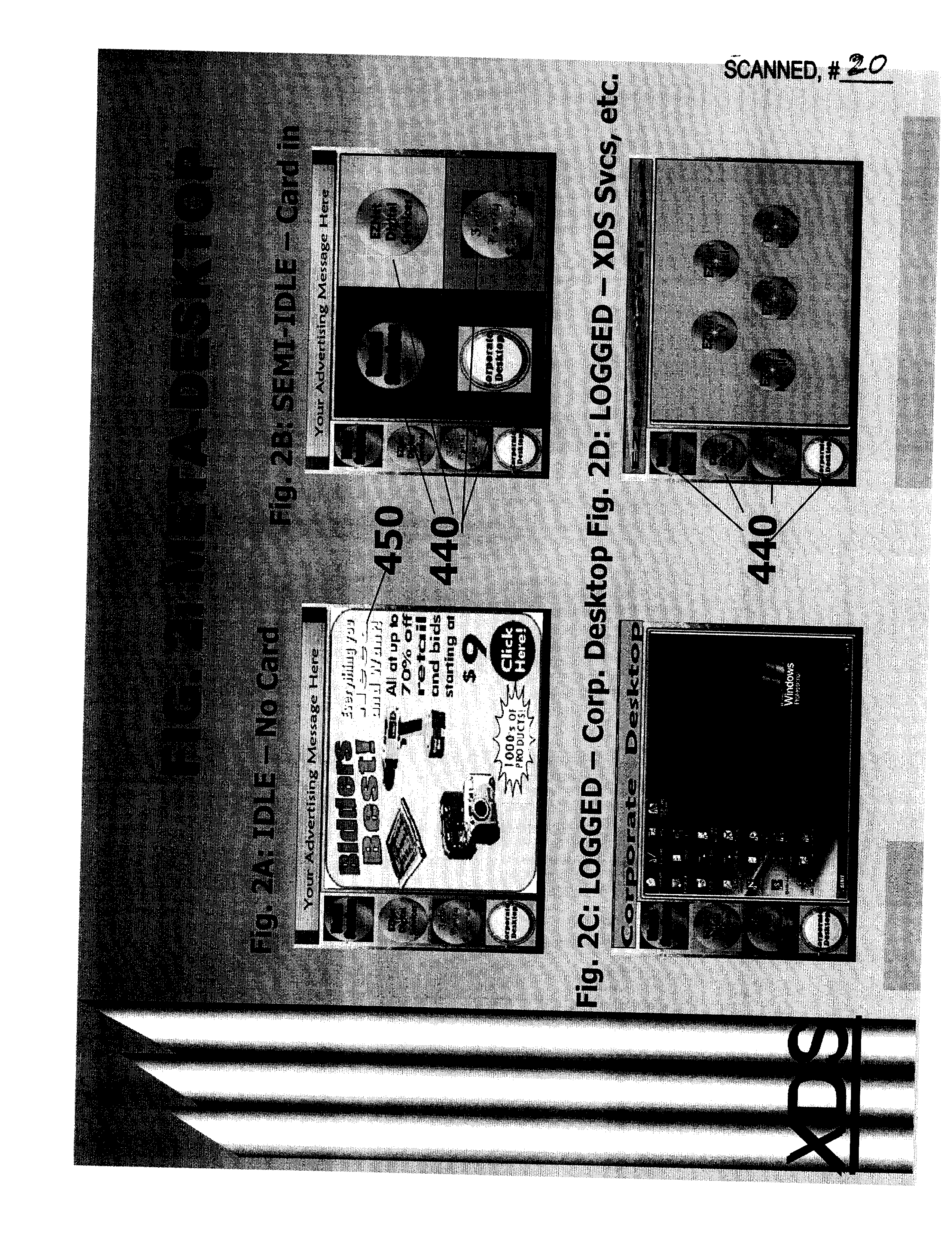That is, the dumb terminal did not have the capability of
processing or storing data locally.
Essentially, the dumb terminal was useless unless it was connected to the mainframe computers via a dedicated, mainframe and installation-specific communications network.
However, the high cost associated with acquiring and maintaining the mainframe computers fueled the availability and popularity of the desktop or
personal computer ("PC") in the 1980s.
However, users could not easily share data with other users since their PCs were not part of a centralized network and did not necessarily use the same
operating system.
Also, since each PC needed its own local copy of any
software to be executed, incompatible versions of the same software application in different personal computers prevented users from communicating and sharing data with each other.
These
connectivity and compatibility problems with the standalone PCs gave rise to client /
server systems.
However, even when it is feasible to
upgrade the PC systems, the cost of upgrading thousands of PC systems can be staggering.
For example, newer versions of software applications or operating systems may require hardware capabilities that cannot be satisfied by existing PC systems.
Generally, a PC
system is considered to be obsolete in three to five years, thereby necessitating costly replacement of thousands of PCs as often as every three years.
In addition to the cost of
purchasing new hardware and software, the cost of resolving the software and hardware compatibility problems in the client /
server system can be substantial.
For example, many software applications are not readily backwards compatible, thereby imposing a significant burden on the corporations to maintain compatible versions of software applications on all PC systems.
The administrative effort and the cost to
upgrade each system, provide licensed copies of software, install and maintain the software is the largest portion of the recurring costs of running a client /
server network in a corporation.
Installation of new software also exposes the corporate user to security risks.
The integrity and security of the
corporate network can be easily breached by hackers or disrupted partially or in total by inadvertent or intentional introduction of computer viruses when a user installs or downloads unauthorized and even authorized software application or files.
Consequently, over time, this approach, particularly in view of the on-going support costs of the installed software applications, can become quite expensive.
However, a VPN connection requires expensive VPN termination equipment (or a client-site VPN
router) located at each end of the connection, or VPN client software installed and configured at the
client machine.
Although either PC
operating system or client based VPN software can mitigate the cost of the VPN terminator, it both require considerable
packet processing to assemble and disassemble packets, imposing a significant processing burden on the PC.
Thus VPN equipment is not only expensive, but tedious to configure and costly to administer and maintain.
Once data is downloaded and physically copied, no access or
transport security system can prevent unauthorized, uncontrolled distribution and misuse of the data, which happens without the knowledge of the legitimate data owner.
However, both the MetaFrame.RTM. and WTS software impose considerable processing load on the client PC, and are vulnerable to network faults and security breaches, such as "man-in-the-middle" attacks.
Additionally, the ASP-based approach, at best, provides a limited remote execution functionality.
The network bandwidth is increasing faster than
microprocessor speed and doubling approximately every nine months, thereby reducing the value of the prior art systems and technologies, effectively rendering them obsolete.
However, these savings can't result in a loss of functionality or performance.
 Login to View More
Login to View More  Login to View More
Login to View More 


